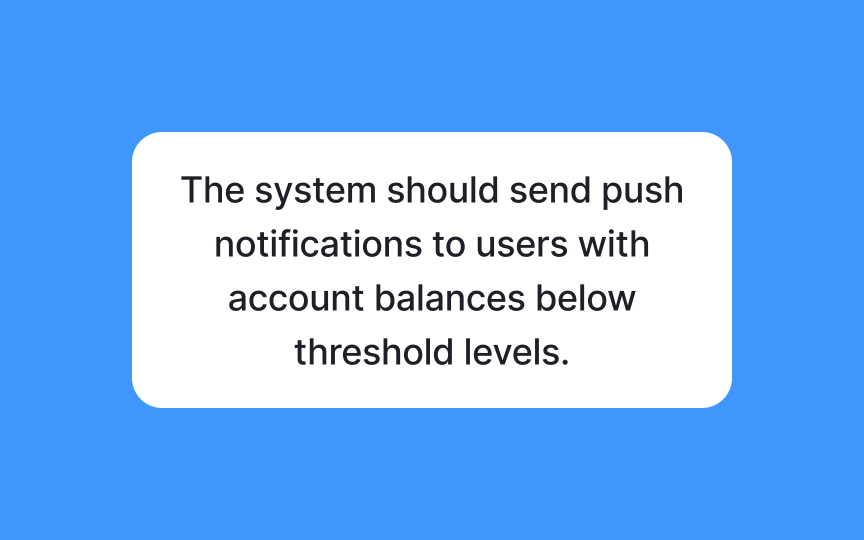Backlog refinement best practices
Backlog refinement, sometimes called grooming, ensures the team always has properly sized, clearly understood work items ready for upcoming sprints. Regular refinement sessions prevent planning bottlenecks and reduce confusion during the sprint. Effective user stories follow the INVEST principles: Independent, Negotiable, Valuable, Estimable, Small, and Testable.
They typically use the format "As a [role], I want [capability], so that [benefit]" to keep the focus on users. For example, "As a mobile banking user, I want to receive notifications when my account balance falls below $100, so that I can avoid overdraft fees." This story clearly identifies who benefits, what they need, and why it matters. Each story should include clear acceptance criteria that define when the work is complete. Prioritization requires balancing business value, technical risk, dependencies, and learning opportunities.
Methods like MoSCoW (Must have, Should have, Could have, Won't have), weighted shortest job first, or cost of delay can provide structured approaches to these decisions. Product managers and designers can make refinement more effective by doing preliminary research, creating simple mockups, and identifying potential technical challenges beforehand. This preparation allows the team to focus on clarification and estimation rather than initial discovery.


